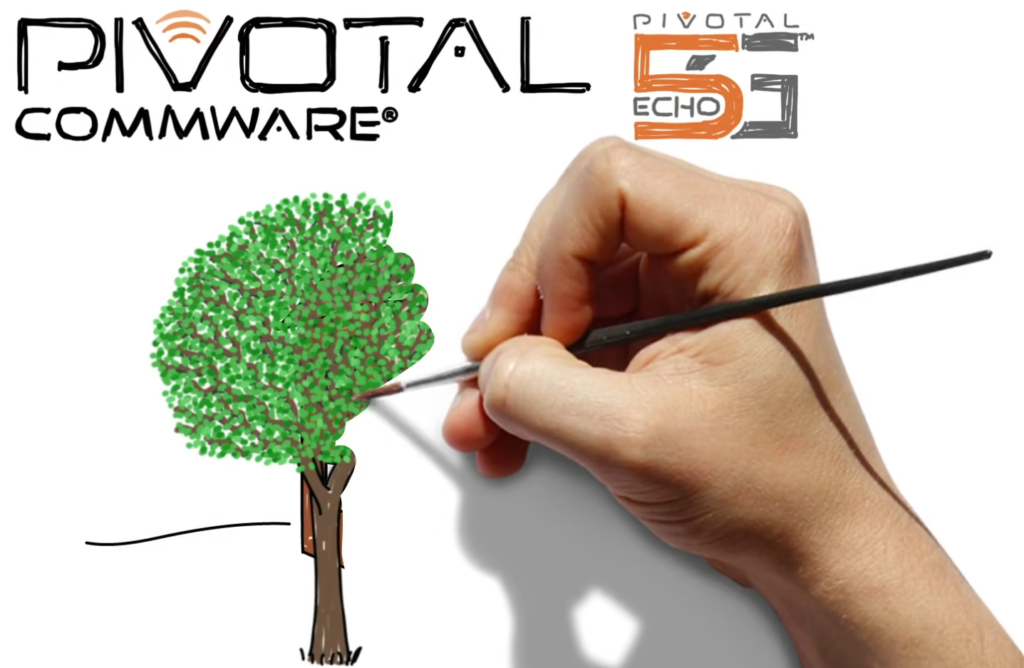Good User Instructions Make Good Technology Great
By Lexa Bauer, Technical Content Manager
Documentation, the good and bad, but mostly the ugly
 Many of us have been there before – we get a new piece of technology, a phone, a camera, or perhaps some new software – and the instructions are terrible. You’re online searching “how to…” before you’re even close to getting things set up. Or worse, you seem to be the only person in the history of the universe to be having a particular problem.
Many of us have been there before – we get a new piece of technology, a phone, a camera, or perhaps some new software – and the instructions are terrible. You’re online searching “how to…” before you’re even close to getting things set up. Or worse, you seem to be the only person in the history of the universe to be having a particular problem.
Documentation is often a customer’s first impression of a product and PsychCentral’s research has suggested that first impressions can overshadow every other part of the customer experience.
SDL, a global information management solutions firm, ran a survey to learn how customers view product documentation and other product information. Of 1,000 consumers in the United States, 82% agreed that good product documentation is essential to good customer service and 79% said that good product documentation improves their impression of a product or a brand.
However, customers are often at odds with product documentation. In Why Don’t People Read the Manual?, the University of Texas El Paso found that almost all of respondents’ comments about printed documentation (87%) were negative. Online documentation fared better with a 65% share of favorable comments, but both were criticized heavily by users for being cumbersome and difficult to navigate.
Despite negative reactions towards printed instructions, and a propensity to skip them entirely, none of the UTEP study respondents wanted the product to arrive without them and 99% of its telephone survey respondents used documentation at least once a week.
What are the Major Problems with Documentation?
The UTEP study also asked respondents what they didn’t like about documentation. Their chief complaints were that the printed materials were bulky (58%), hard to navigate (37%), too basic to be useful (37%), unstylish, boring, or antiquated (26%), and out of date (21%).
This is likely why study respondents’ preferences for solving software problems were to either explore the user interface or to ask a colleague for help. It doesn’t matter how good documentation is if it is putting customers off from even reading it.
Subaru once found that 20% of the calls to their service center were about information featured in their thick user manual while broadband providers have found 65% of the devices that are returned have no issues.
A big reason behind poor documentation is that a lot of companies consider technical writing – product instructions, guidelines, and other documentation – as an offshoot of engineering or product management. This can result in overly technical guidelines with multiple blind spots as those working on a product and those using it often see it from different angles and designers and engineers can forget what information they’ve taken for granted that users will not have.
It’s Not Just Instructions
At Pivotal, technical writing is separate from engineering. Our guiding light behind documentation is how you, the customer, are going to use our products, and how we can make that experience a positive one. Our customers are multifaceted, and don’t just include the end users. There are installers, network operators, business owners, and more between us and the person logging on to gigabit-speed internet. The better we can make things for each of these groups, the more dividends get paid down the line.
That’s why we have multiple ways for users to get to know our product. The first thing users see is our Quick Start Guide, a graphically designed, picture-heavy one-pager at the top of the box. This isn’t just a parts list with printed instructions, we feature photorealistic depictions of what the product should look like as you install it, and it is designed to lead your eye to, and through the most important steps.
Each Quick Start Guide has a link to a landing page with the full product manual online as well as specifications, installation videos, and our support line. Users can select the guidance that fits their learning style best. This page is also regularly updated so customers always have access to the latest and greatest.
But the best teacher is the product itself. Both the Washington Post and the BBC agree that an intuitive product that needs little to no instruction is best and Pivotal’s products are designed with this in mind.
Our mantra is “set it and forget it” – we want you to be able set our products up once and then leave them alone. Holographic Beam Forming® minimizes necessary end user actions by nature. It steers the beam so you don’t have to. It finds the best signal so you don’t have to. And future product interaction, such as software updates or troubleshooting, is done by network managers or by us through our Intelligent Beam Management System. So you don’t have to.
There is no one right way to write product documentation. Everyone learns differently and we acknowledge that. We’re ready for it. Whether you like a full manual or a Quick Start Guide, written instructions or video, or are more the trial and error type, Pivotal Commware = #mmWaveSolved.

